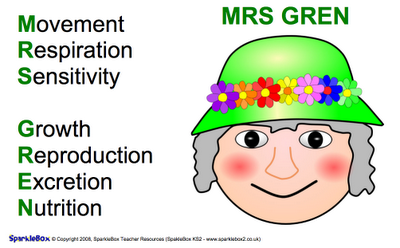The 2011 school year has started and so have science lessons at Eastern Hutt School.
This term I am working with the Junior and Middle syndicates to investigate light.
Our first lesson involved thinking about where light comes from (sources of light).
Each class did a brainstorm. Here are some examples:



I was really pleased that each class said that the sun gives us light and just about everyone thought the sun was the most important source of light. 1 person thought the TV was most important!
Why is the sun so important?Without the sun it would be dark and cold on earth and plants would not be able to grow. Without plants we would have no food.
Does the moon make light? What about mirrors?Lots of students thought the moon made light because when you look at it at night it seems to be shining. The moon does not make its own light but
reflects light from the sun that is shining on it.
Some classes got to see how this happens with a mirror. When a mirror is positioned with the sun shining on it the light can be
reflected across the room in the other direction.
 On one end they put some coloured beads then covered this end with greaseproof paper.
On one end they put some coloured beads then covered this end with greaseproof paper.
















